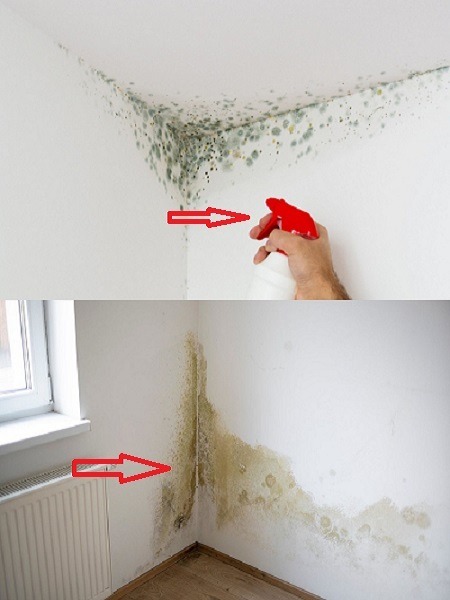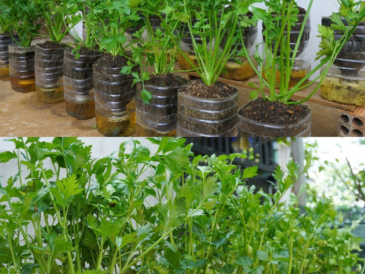When using any of these liquids, ensure the room is well-ventilated to prevent inhalation. It’s crucial to eliminate potential fire risks by avoiding candles or heat guns in the vicinity. Apply the chosen mold remover onto affected areas using a cotton cloth. For stubborn mold, repeat the treatment and carefully scrub with a cloth or sponge.
After cleaning, allow the wall to dry thoroughly for several days before considering applying a new coat of paint or wallpaper.
Identifying Construction Defects and Adjusting Habits:
Damp corners prone to mold are typically found on exterior walls, suggesting possible inadequate thermal insulation. Monitor such corners closely and ensure unobstructed airflow, avoiding placing furniture too close to the walls. To prevent mold recurrence, manage indoor humidity levels effectively.
- Reduce indoor humidity by ensuring regular ventilation. Open windows briefly several times a day to improve air circulation.
- In bathrooms, close the door during showers and open windows afterward for ventilation.
- Use an extractor hood while cooking or cover cooking pots with lids.
- Maintain indoor humidity between 40% to 60%. Use a hygrometer to monitor levels.
- Persistent humidity above 70% significantly increases the likelihood of mold formation.
- If ventilation alone isn’t sufficient, consider installing a dehumidifier in the apartment.
Managing these factors effectively can help mitigate mold issues and maintain a healthier living environment.




